
 4
4




 6
6




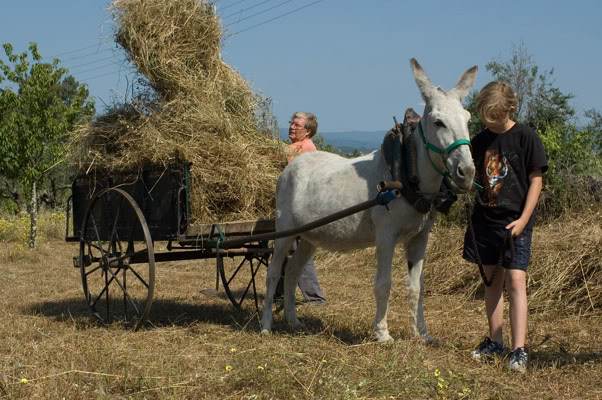
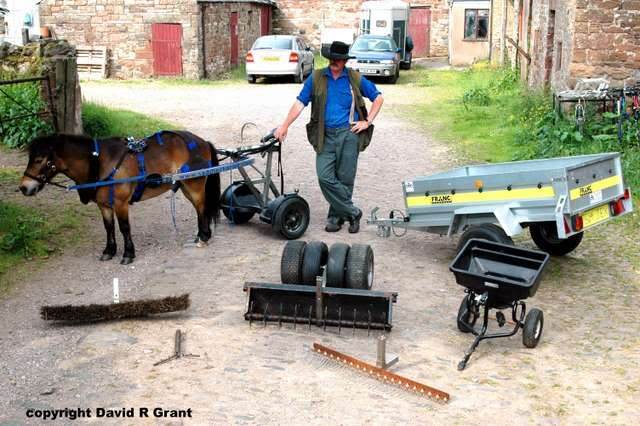
How permies.com works
What is a Mother Tree ?
 2
2




 1
1












 1
1





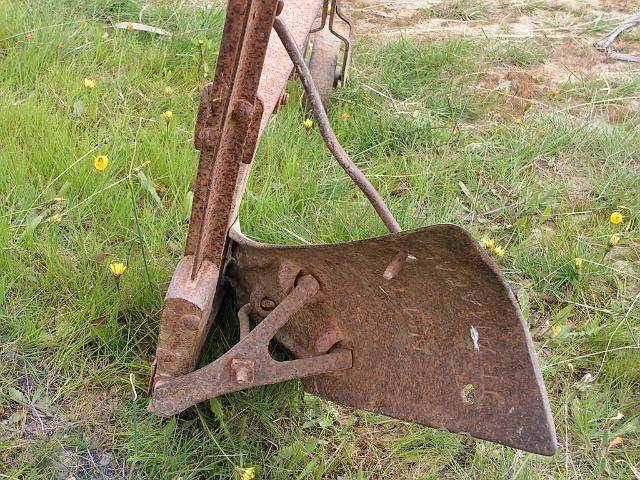
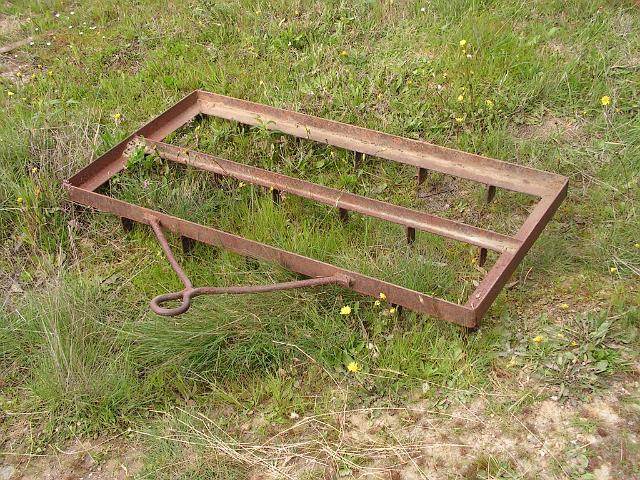

How permies.com works
What is a Mother Tree ?




 1
1




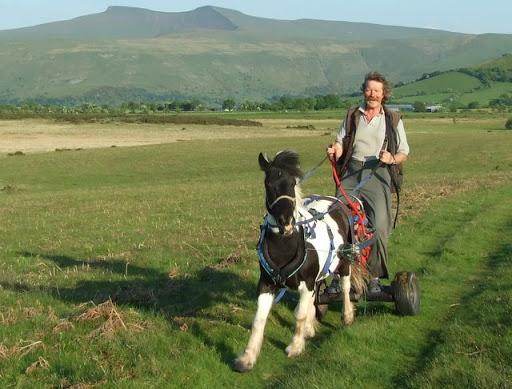




Son of Levin wrote:
My original post was more about bringing over some of these annual crop production tools to landforming in the permaculture context. There's the slip-scraper, the Martin (or V-blade) ditcher, and the plow.
How permies.com works
What is a Mother Tree ?
 1
1




 1
1




 2
2




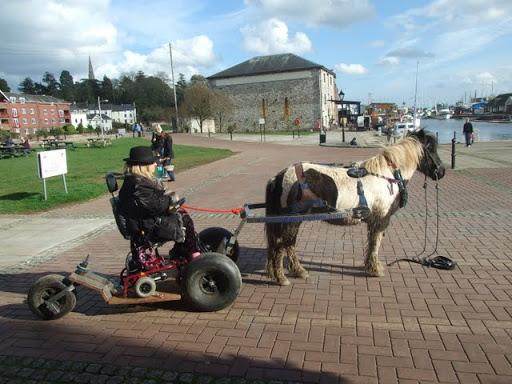
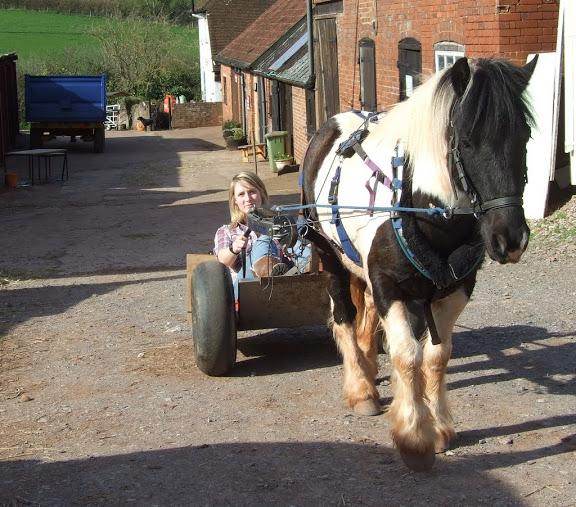





Son of Levin wrote:Burra, I had a few questions and impressions to share on the plow. Have you used it? If so, how does it perform compared to others you may have tried? Does the moldboard swing easily? And the furrow wheel adjustment is pretty ingenious too. Looks like a hard pull to me, but really heavy-duty. As for the handle design - do you one-hand it, and keep the lines in the other? Or tie a plowman's knot and keep tension with one hand? Or...?
 So unfortunately I can't tell you anything about how it compares, as I've never used this one properly and never had a chance to use any other one either. I've also not found anyone who can show me how to use it - all the old folk around here are now too old to want to come all the way over to the farm to show me, but I searched for photos and came accross this from this page http://images.google.pt/imgres?imgurl=http://farm4.static.flickr.com/3650/3546338027_de6d449a43_b.jpg&imgrefurl=http://aguasfrias.blogs.sapo.pt/2009/05/&usg=__UofaF8OPes3R6svGynwiS6aCnNI=&h=782&w=1024&sz=631&hl=en&start=14&sig2=lARnKHVdxsu15IAU-FRonw&um=1&itbs=1&tbnid=6NdBR0Sd1h06EM:&tbnh=115&tbnw=150&prev=/images%3Fq%3Darado%2Bburro%26um%3D1%26hl%3Den%26client%3Dfirefox-a%26sa%3DN%26rls%3Dorg.mozilla:en-GB:official%26tbs%3Disch:1&ei=iXLNS4aHJsLx-Qal16gY
So unfortunately I can't tell you anything about how it compares, as I've never used this one properly and never had a chance to use any other one either. I've also not found anyone who can show me how to use it - all the old folk around here are now too old to want to come all the way over to the farm to show me, but I searched for photos and came accross this from this page http://images.google.pt/imgres?imgurl=http://farm4.static.flickr.com/3650/3546338027_de6d449a43_b.jpg&imgrefurl=http://aguasfrias.blogs.sapo.pt/2009/05/&usg=__UofaF8OPes3R6svGynwiS6aCnNI=&h=782&w=1024&sz=631&hl=en&start=14&sig2=lARnKHVdxsu15IAU-FRonw&um=1&itbs=1&tbnid=6NdBR0Sd1h06EM:&tbnh=115&tbnw=150&prev=/images%3Fq%3Darado%2Bburro%26um%3D1%26hl%3Den%26client%3Dfirefox-a%26sa%3DN%26rls%3Dorg.mozilla:en-GB:official%26tbs%3Disch:1&ei=iXLNS4aHJsLx-Qal16gY 
How permies.com works
What is a Mother Tree ?









"the qualities of these bacteria, like the heat of the sun, electricity, or the qualities of metals, are part of the storehouse of knowledge of all men. They are manifestations of the laws of nature, free to all men and reserved exclusively to none." SCOTUS, Funk Bros. Seed Co. v. Kale Inoculant Co.




Joel Hollingsworth wrote:
Eric Nordell, in this video, says that horses are an important part of his motivation:
Ridge-till organic vegetables
It looks like they only use draft animals. The presenter talks a little about their drawbacks (mostly, more passes for a given result), but it definitely looks doable.
 2
2




Happiness is: Lower on the food chain, closer to the brainstem.




find religion! church
kiva! hyvä! iloinen! pikkumaatila
get stung! beehives
be hospitable! host-a-hive
be antisocial! facespace





"the qualities of these bacteria, like the heat of the sun, electricity, or the qualities of metals, are part of the storehouse of knowledge of all men. They are manifestations of the laws of nature, free to all men and reserved exclusively to none." SCOTUS, Funk Bros. Seed Co. v. Kale Inoculant Co.




How permies.com works
What is a Mother Tree ?
 3
3




![Filename: Oxen-ready-1.jpg
Description: [Thumbnail for Oxen-ready-1.jpg]](/t/3800/a/34999/Oxen-ready-1.jpg)

|
As if that wasn't enough, a dog then peed on the tiny ad.
Homestead Pigs Course
https://permies.com/wiki/365748/Homestead-Pigs
|


